What to do in Saint-Tropez
Saint-Tropez is a place that plunges into the dreams of passing celebrities who are in love with the sea, art and history.
Explore the La Ponche:
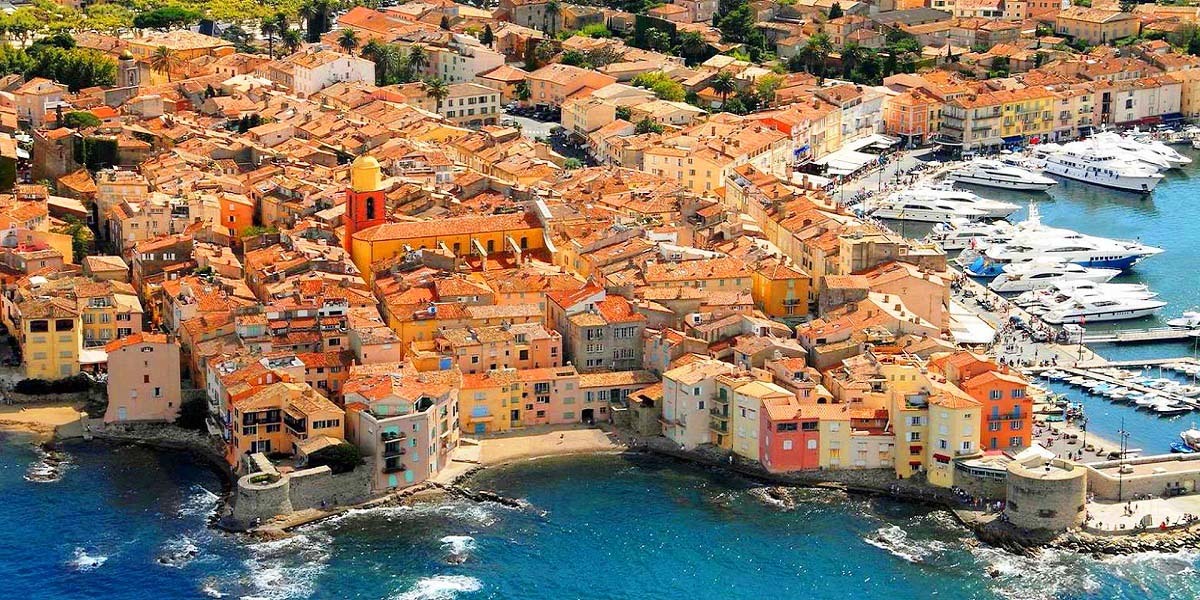
Let's start our tour from the historic center La Ponche, a stone's throw from the picturesque Old Port. Once a fishing village, today it is the most attractive area of the city, where you can stroll through the picturesque streets, colorful squares and shops, luxury boutiques, cafes and restaurants. Follow the Rue de la Citadelle which leads to the center of the old town and the Rue du Portail-Neuf which leads to the Italian Baroque Notre-Dame de l'Assomption church with its red and ocher bell tower, which can be said to have become symbol of Saint Tropez. In the center you will see the famous Hotel La Ponche, where Brigitte Bardot and Roger Vadim stayed during the filming of the legendary film And God Created Woman.
Walk around Place aux Herbes:
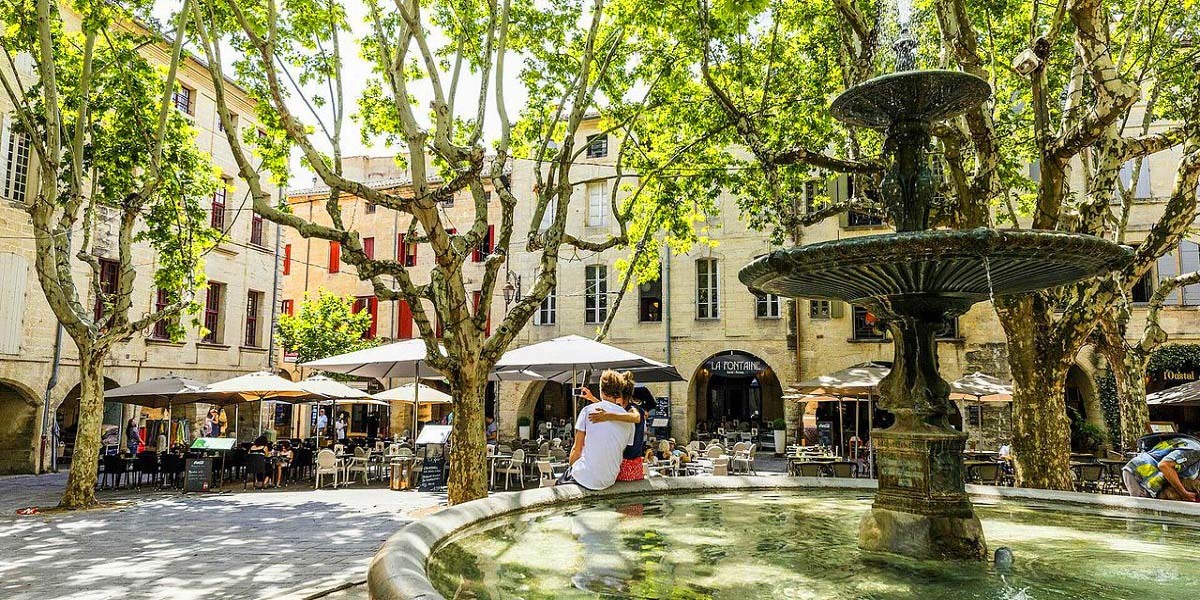
You should go to Place Herbes, if you want to see the real Saint-Tropez. When the revelers are still sleeping, you can enjoy this old market square where you can buy fresh local produce or have breakfast at the nearby Café Senequier while watching the passersby. Don't miss a stop at Place des Lices, a suggestive shaded square where older people lounge under plane trees or play the ancient game of petanque. On Tuesday and Saturday mornings, a traditional Provencal market opens, where you will see local ladies shopping among the stalls with fresh fruits, vegetables and flowers. If markets are your thing, head to the nearby Galle aux Poissons, which stocks a fresh catch every morning.
Visit the museums of Saint Tropez:
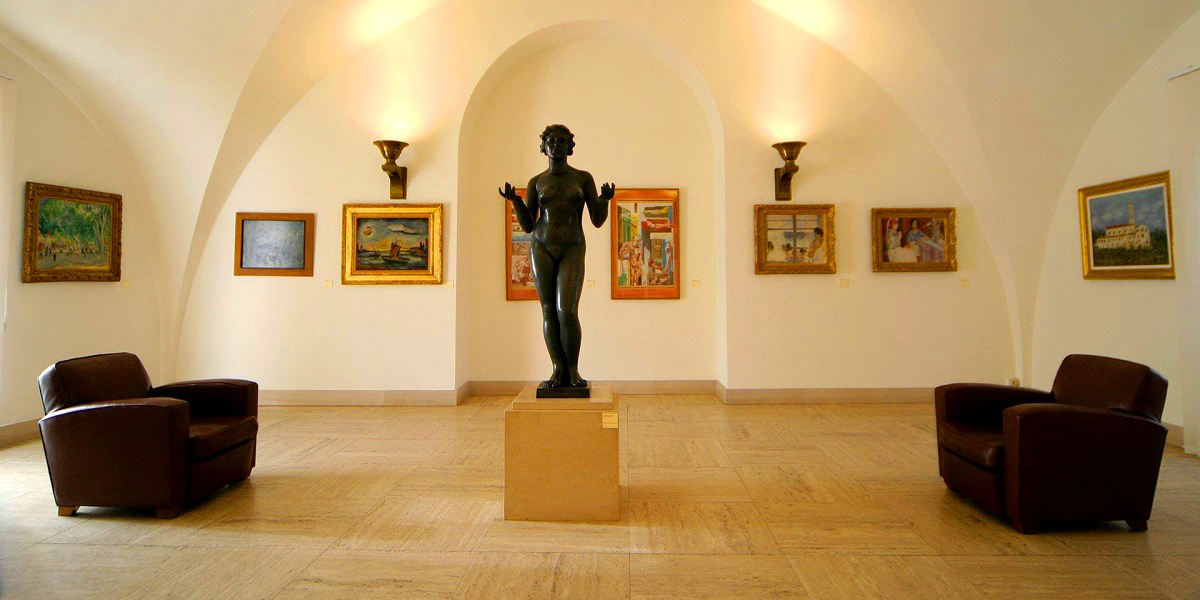
Art lovers should visit the Musée de l'Annonciade. Created in 1922, it reminds us that the city of Saint-Tropez was one of the most active centers of the picturesque avant-garde at the beginning of the 20th century thanks to Paul Signac, who landed here in 1892 on his yacht Olympia. Fascinated by the countryside, Signac bought a house and turned it into his studio La Hune, inviting many artists: Cross, Matisse, Derain, Marquet. You will be able to see masterpieces of the Divisionist, Nabis and Fauvist movements dating back to the period from 1890 to 1950.
A few steps from the historic center you can visit the Gendarmerie and Film Museum (Musée de la Gendarmerie et du Cinéma). Housed in a former police station, the museum tells the story of the Saint-Tropez gendarmerie and explains how Saint-Tropez grew from a fishing village to an important center for the film industry. The museum is also a tribute to the seventh art and to some 70 films made in Saint-Tropez since 1930. Then of interest is the Maison des Papillons, which contains more than 20,000 species of butterflies, some of which are very rare and endangered. You will also see a collection of the most beautiful exotic butterflies and all kinds of French diurnal butterflies.
Excursion to the Citadel:
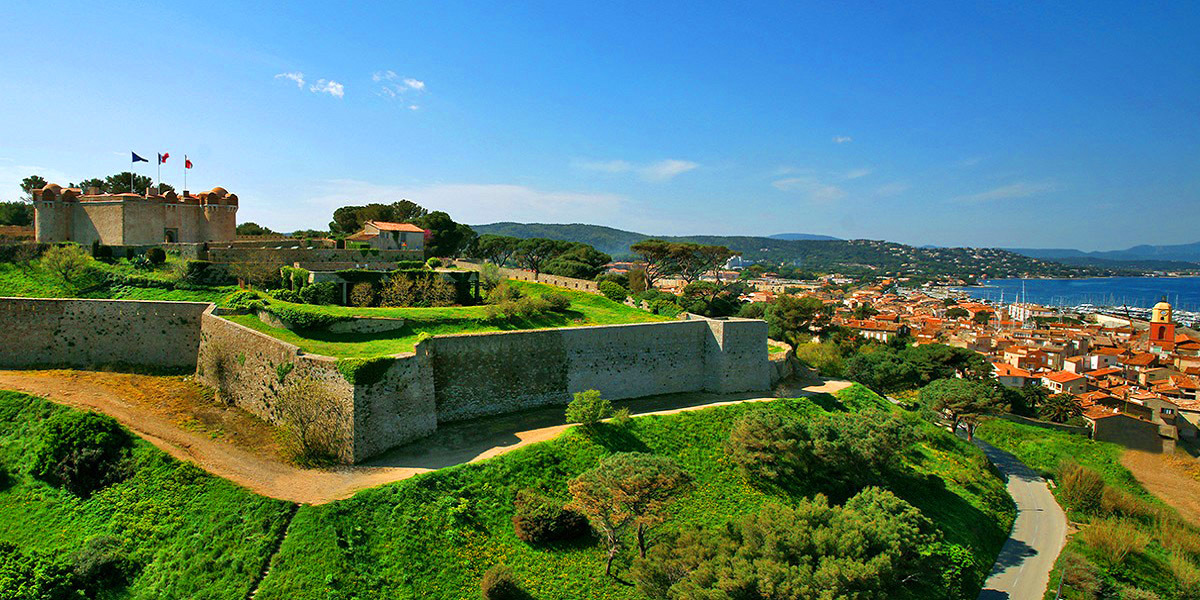
On hot days, it's nice to cool off on a hill overlooking the city, where you can visit the fortified Citadel, built in the early 1600s. Accessible on foot from the centre, the Citadelle offers a magnificent view of Saint Tropez, the port and the bay. You can then visit the Citadel Museum where you will discover the maritime and military history of Saint Tropez. Here you will discover the stories of the sailors and skilled navigators who over the centuries crossed the Mediterranean, first reaching Africa in the 18th century and then Cape Horn and India.
In the past, 4 towers surrounded the Bay of Saint-Tropez to protect the inhabitants: the Portale Tower, the Old Tower, the Suffren Tower, the ruins of which are still visible, and the Jarlier Tower. The old tower and the Portale tower, built in the 15th century, are the guardians of the bay of Saint-Tropez and guard the exits to the sea. Jarlier Tower, built a century later, gives the city a medieval touch and is located in the historic center, on the street of the same name.
Explore the Old port of Saint Tropez
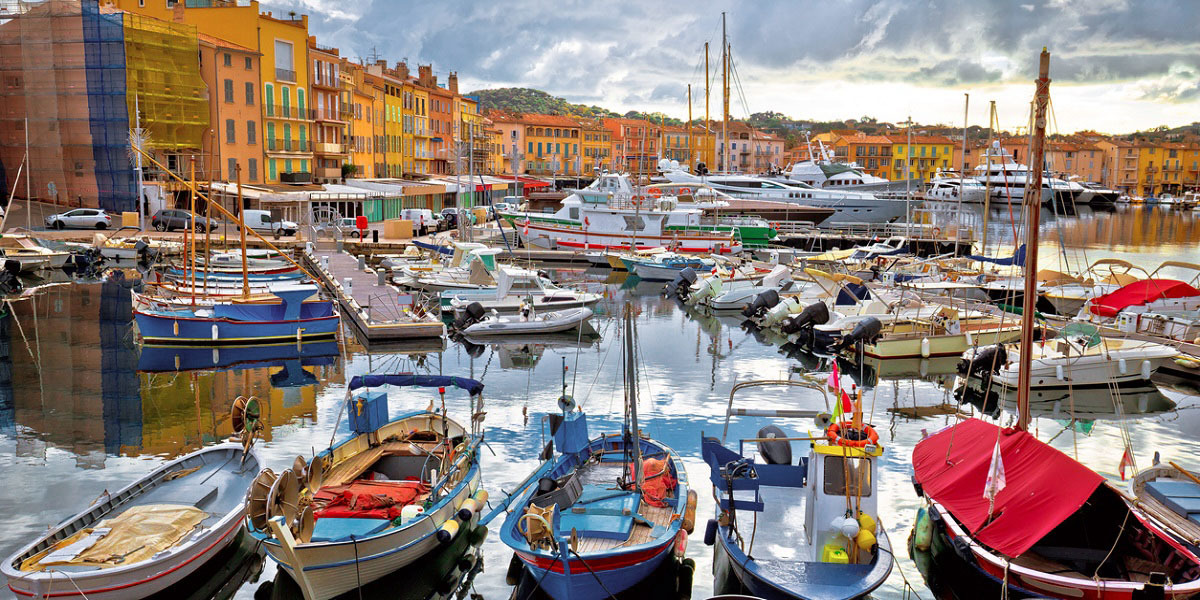
Once a landing place for fishermen, today it is a meeting place for locals and tourists, as well as a marina where VIP yachts and boats from all over Europe moor. Take time to stroll around the harbour, admire the pastel-coloured facades around the piers, and then sit on the terrace of the café opposite the boats. We especially advise you to do this during the "Voiles de Saint-Tropez", regattas that take place every year from September to October in the Gulf of Saint-Tropez.
Finally, for the best view of the Old Port, head to the Môle Jean-Réveille, a promenade with an exceptional panorama that once inspired the Impressionist painters.
Hiking in St Tropez:
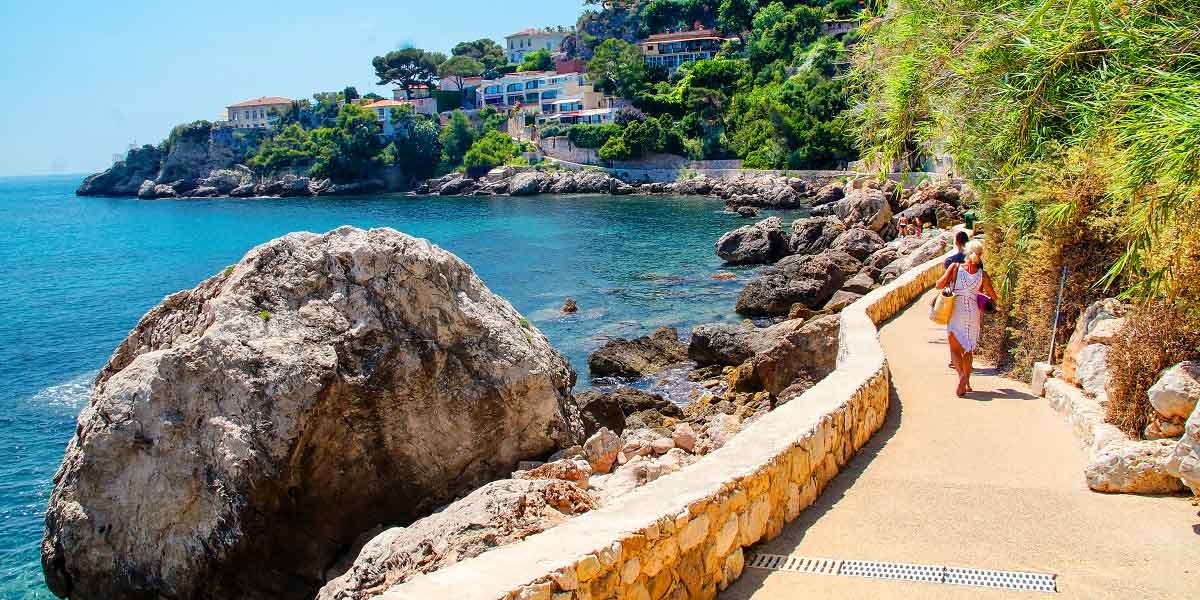
If you are a fan of long walks away from the bustle of the city, then you should know that numerous trails run along the Saint-Tropez peninsula, inviting you to relaxing mini-journeys in nature overlooking the azure sea. For example, the Sentier du Littoral is an ancient 20 km long route used by customs officers to watch the coast between Saint-Tropez and Cavaliere.
Another route connects the port of Saint-Tropez with the Gulf of Canebier (2.8 km - 50 min). Instead, the path that goes from Baie des Canebiers to Salins Beach is 6.2 km long and takes about 1 hour and 45 minutes. However, to admire the three beautiful beaches, you can follow the path that connects the beaches of Salins, Cap du Pinet and Tahiti, which is about 3.5 km long. If you feel like taking a walk, you will reach the Chapel of St. Anne, a 17th-century church perched on a hill above La Ponche, offering beautiful views of the sea and countryside. It is a very quiet and suggestive place.
It is better to get to this resort by car, using a transfer from Nice to St Tropez or a taxi. The bus is ride very long and there is no railway in Saint Tropez.